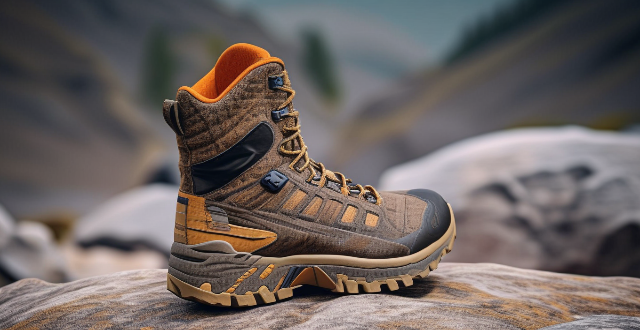When selecting mountain climbing shoes or boots, consider theWhen selecting mountain climbing shoes or boots, consider the, needed ankle support, fit invest in quality materials and construction, and set a budget based on your needs and frequency of climbing.

Choosing the Right Mountain Climbing Shoes or Boots
When it comes to selecting the appropriate footwear for mountain climbing, there are several factors to consider. Here's a comprehensive guide to help you make an informed decision:
1. Determine Your Climbing Type
Types of Climbing
- Hiking and Trail Walking: Lightweight, flexible shoes with good traction.
- Rock Climbing: Stiff-soled boots that provide support and protection.
- Mountaineering: Insulated, waterproof boots with crampon compatibility.
Identify the type of climbing activities you will engage in most frequently to narrow down your options.
2. Consider the Terrain
Terrain Types
- Rocky terrain: Look for durable soles and reinforced toe caps.
- Wet and slippery surfaces: Waterproof materials and aggressive lug patterns are essential.
- Loose ground and scree: High ankle support and lace-up designs can offer more stability.
Choose shoes or boots designed for the specific terrain you'll encounter during your climbs.
3. Assess Ankle Support Needed
Levels of Ankle Support
- Low-cut shoes: Suitable for hikers and walkers who don't need extra ankle support.
- Mid-cut boots: Offer moderate support; ideal for moderate trails and light climbing.
- High-cut boots: Provide maximum support and protection; necessary for technical ascents and rugged terrains.
Your choice should reflect the level of ankle support required by your chosen activity.
4. Check Fit and Comfort
Fitting Tips
- Try on boots with the socks you plan to wear during climbs.
- Make sure there's enough room to wiggle your toes but not too much space that your feet slide around.
- Test the flex point of the shoe; it should align with the bend in your foot when walking.
Comfort is key since ill-fitting shoes can lead to blisters and discomfort during extended periods of climbing.
5. Evaluate Durability and Quality
Quality Indicators
- Materials: Look for high-quality leathers, synthetic fabrics, and durable rubber soles.
- Construction: Well-made stitching, glued or sewn-through seams indicate longevity.
- Brand reputation: Opting for reputable brands often ensures better after-sales service and product reliability.
Investing in high-quality gear can save money in the long run by reducing the need for frequent replacements.
6. Budget Considerations
Cost vs. Value
- Entry-level options: Suitable for beginners who want to test their interest before investing heavily.
- Mid-range choices: Offer a balance between price and features suitable for regular recreational climbers.
- High-end products: Designed for professional use and extreme conditions, these come at a premium.
Set a budget based on your climbing frequency and needs, keeping in mind that cheaper isn't always better in terms of performance and safety.
By following these guidelines, you'll be well-equipped to choose the right mountain climbing shoes or boots for your adventures. Remember, the right footwear can significantly impact your climbing experience, so take the time to find what works best for you.